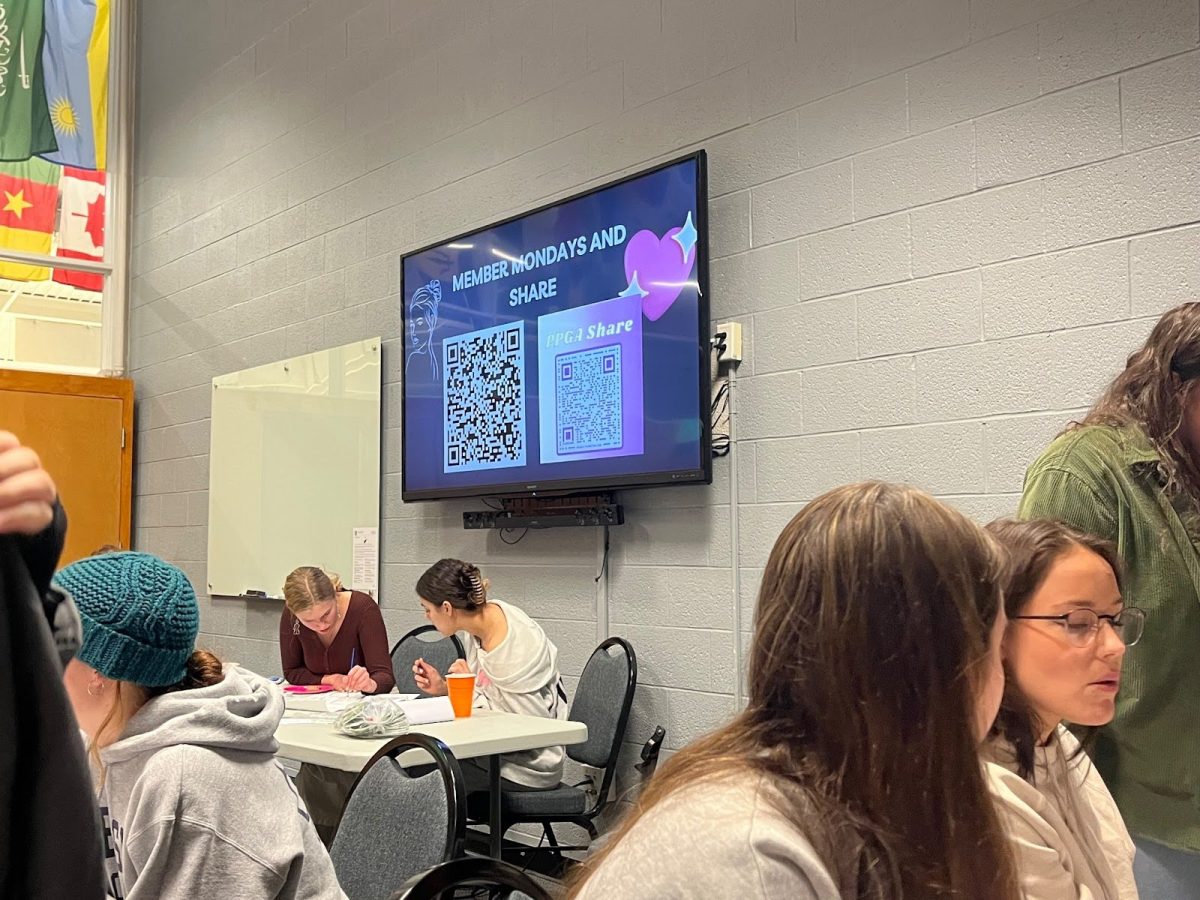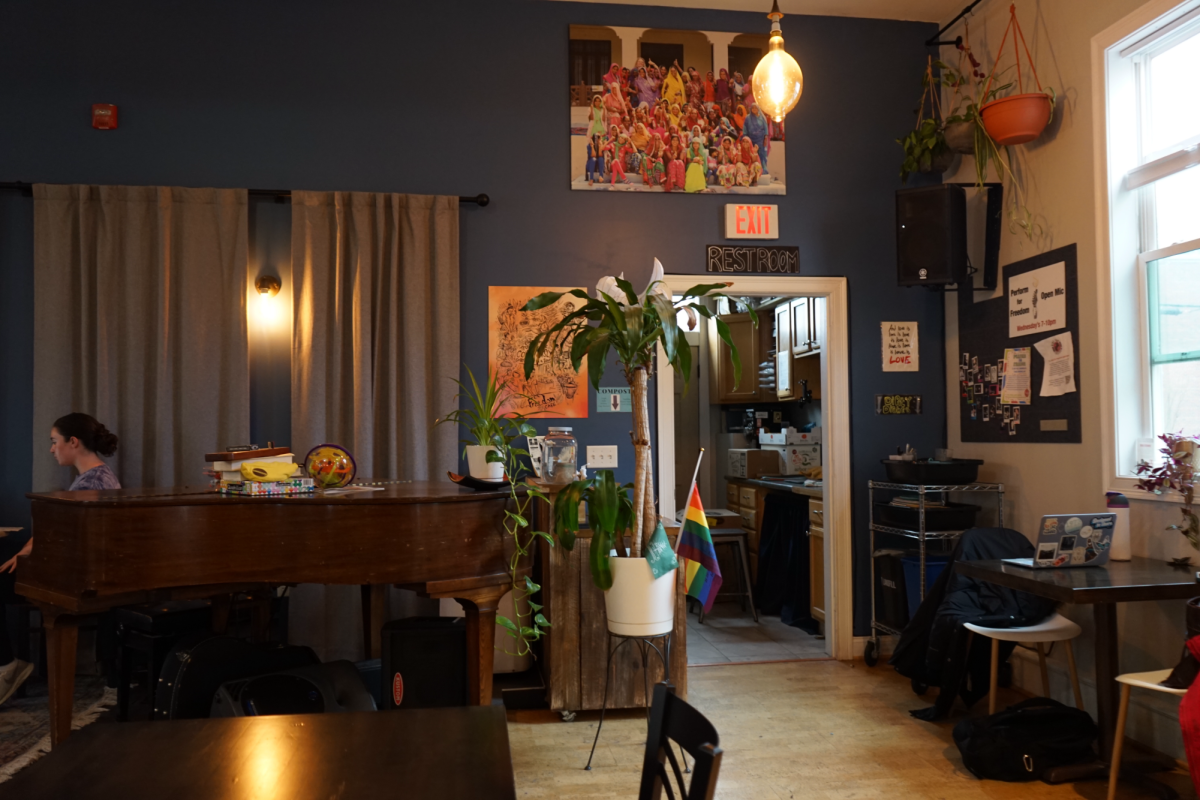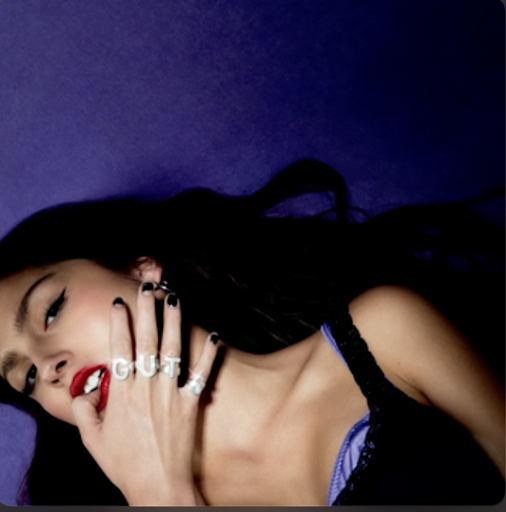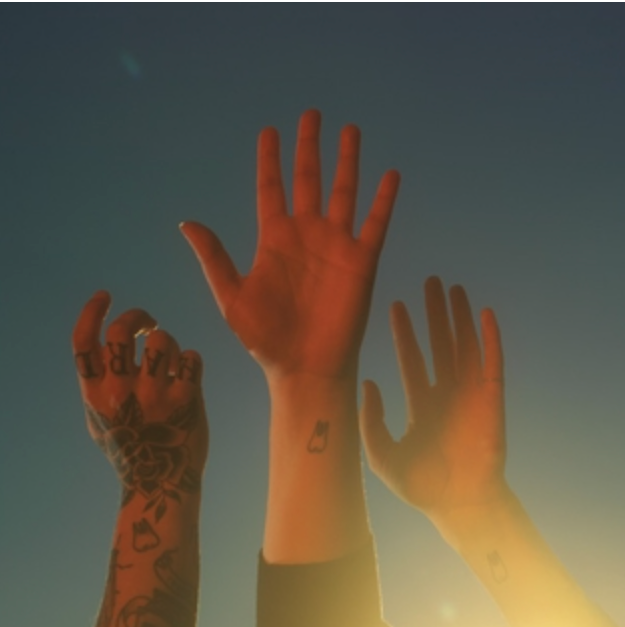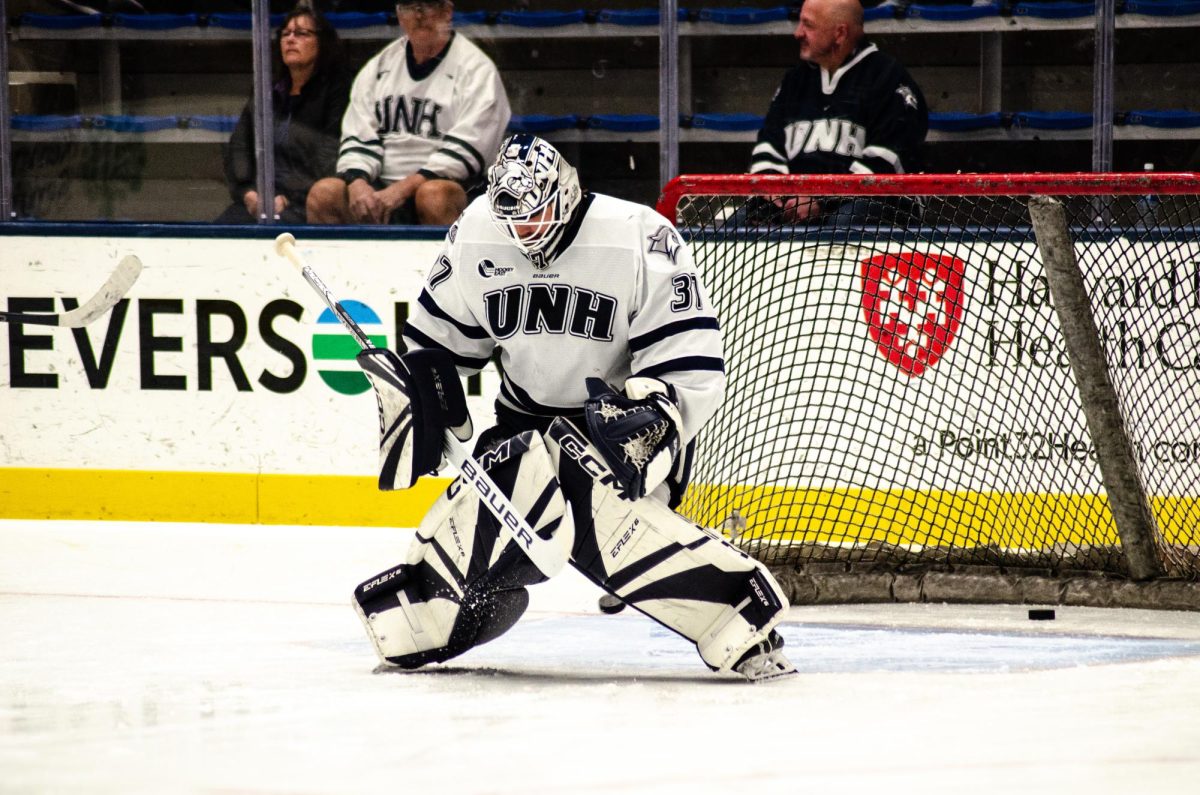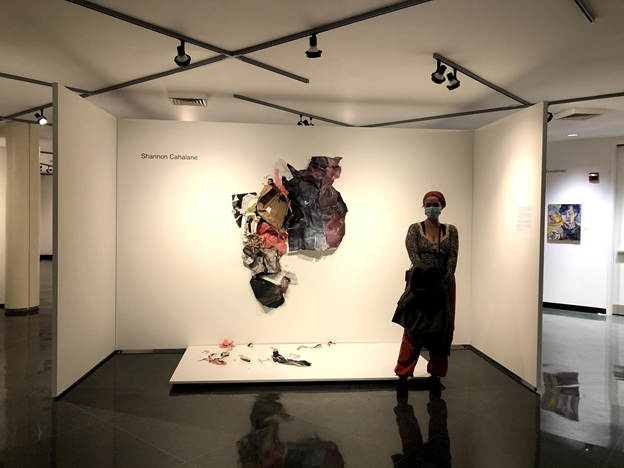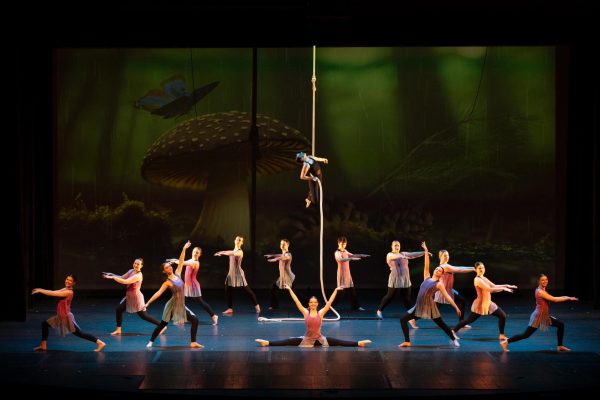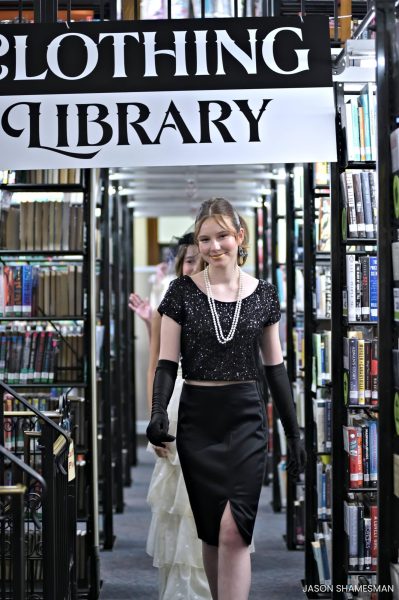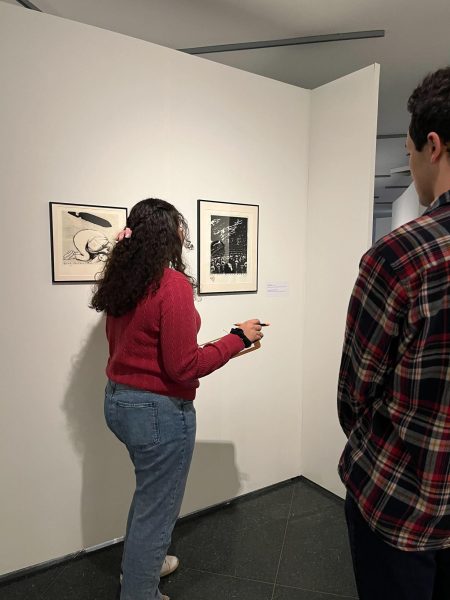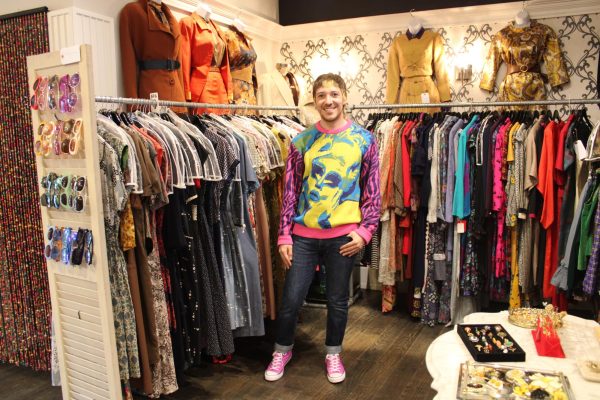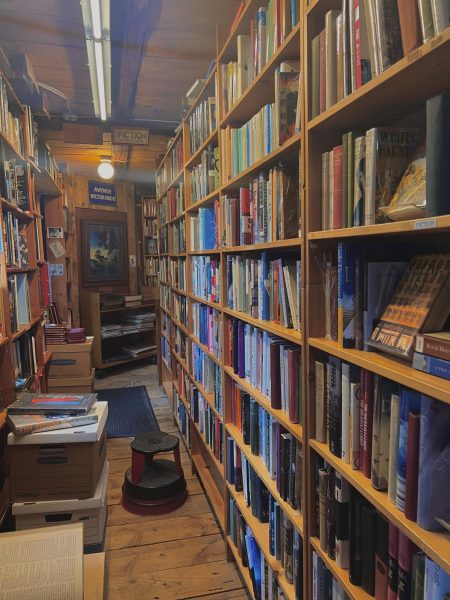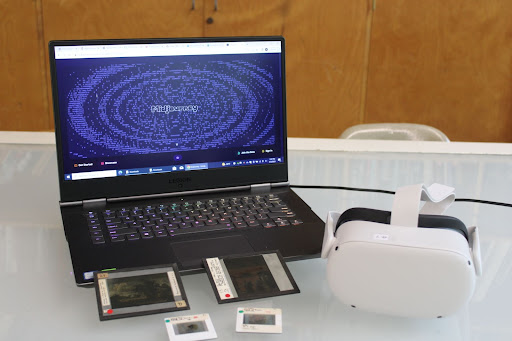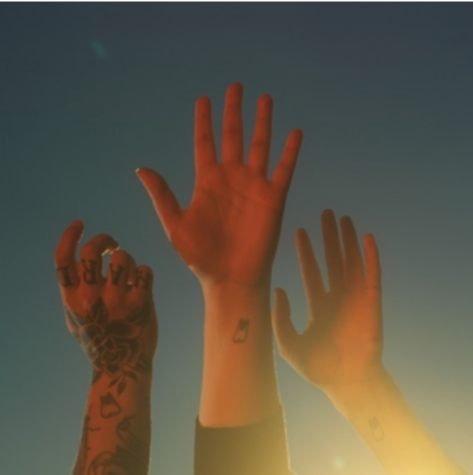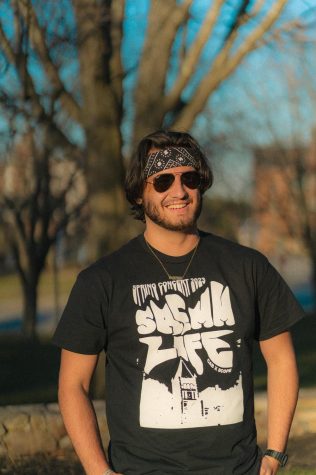Trash or Treasure: NH Seacoast artist digs up the BA & BFA exhibition
May 1, 2021
As several senior students reach towards their academic diplomas, there is still one last push before they can walk across the stage in May. From business to English students, there is a vast variety of adults at the University of New Hampshire (UNH) ready to jump into the real world. This past Monday, the senior art and fine arts students put forth their work for the last time at UNH.
The faculty of Paul Creative Arts Center (PCAC) curated the exhibition and were pleased to recognize the achievements of students from all three degree programs. Senior artwork was displayed in the PCAC Museum of Art and welcomed UNH students, staff and faculty to view the exhibition. There is also an virtual viewing party of the event coming soon to the PCAC website.
The exhibition opened on April 19 to celebrate the graduating students from the Department of Art and Art History and closes on May 20. The event hours are Monday, Wednesday and Friday 10 a.m. to –4 p.m., Thursday 10 a.m.to 6 p.m., and closed for the weekend.
Students have worked hard and poured their passion into these pieces.Walking down the stairs of the Museum of Art, sizeable and exquisite sculptures are displayed anddetailed paintings accompany them. Along with them is a wall of black and white photography just from downtown Dover, NH, and one of the most eye catching, elaborate and abstract wall pieces made completely out of recycled materials.
“Reduce, Re-Use, Recycle” has been ingrained into the minds of the generation that is staring face-to-face with the horrors of climate change. However, senior artist Shannon Cahalane (she/they) put a spotlight on the issue through their work in the bachelor of arts and bachelor of fine arts art exhibition.
This process for Cahalane only started this summer. “[I] needed to make art my body was engaged with. I needed to really tune into my own emotions,” Cahalane said. With that, a whole different way of working revealed itself in a way that really spoke to Cahalane and made them feel present in the moment.
A huge part of Cahalane’s process is simply finding materials and paper on the side of the road and collecting them for potential projects. Cahalane values this concept on sustainability where materials are able to break down in the environment and build back up in art artwork. “It’s amazing how something so seemingly discarded can hold so much beauty and then what it is to bring back to life,” Cahalane said when reflecting on their most current piece.
For the center of their compository, they found the most prominent piece as they were headed on a hike: a cardboard box filled with white tiles. Cahalane admired the box more than the tiles, she admits. “It seemed forgotten, but there was such a beautiful quality in how the blue and the brown [cardboard] spoke to each other,” Cahalane followed.
Surrounding the withered cardboard box, Cahalane found random materials from their walls and floor- – they even reused old artwork. These pieces were also scattered on the ground, right below the wall piece and included into her presentation. Their fragile and composable work is done purposely to amplify a metaphor for the environment and life itself. “[The piece] does fall apart and things fall apart and nothing is permanent and amplifying that sense of trash and decay [allows to] still having this really strong shape building up and out,” Cahalane said.
However innovative, Cahalane’s ideology has gotten them into some interaction with the Durham Police Department (Durham PD). In an effort to reach the viewer’s subconscious to reuse materials that won’t decompose otherwise, Cahalane took political signs from public property after the November election to use for their own project. She knew their piece would relate to the environment and could be interpreted as a “new future,” however, it cost them a citation for theft under the Durham PD. “I didn’t know it was theft, even from public property,” Cahalane said. Nonetheless, by the end of their project, Cahalane felt like their piece became more about the material and less about the political source of the material.
One run-in with Durham PD did not stop the graduating artist from getting their ideas out there. One word Cahalane would apply to their work would be the word “linger.” “It is important to be able to slow down and actually look at something and spend time with it. There are so many details and complexity in life, it’s easy to speed through,” Cahalane said. Cahalane consistently reflects on this idea for their own well-being, but also presents it in a way viewers can resonate with.
During the coronavirus (COVID-19) pandemic, it was difficult for the B.F.A. students to feel completely connected to their studios and work. However, Cahalane reassured that the B.F.A. faculty were constantly visiting studios and incredibly flexible during COVID-19. They have encouraged students to keep working in these “unexpected ways” Cahalane said. Students have worked hard with faculty and staff, despite COVID-19, to create small pairings for the show. Faculty figured out what of their work would make the biggest statement for the exhibition.
One professor that especially sticks out to Cahalane is Jen Moses. Cahalane considers her a friend and a “mentor.” Inspired by Moses’ wall art, Cahalane feels reflective in their own pieces that were put into the B.F.A. exhibition. “She makes art intentional,” Cahalane said. Moses has more specifically taught Cahalane the importance of shape, color and line, leaving an impression Cahalane feels they can take with them after they graduate. Cahalane appreciates her ability to give honest advice, not only about being an artist, but being a female artist. Moses taught these values through “life, moving forward, empathy and pushing through difficult patches,” Cahalane said. Best of all, Cahalane feels “really seen as a person and not just a student.”.
What kind of classes inspire young artists to be so engaged in their own work? For Cahalane, it was UNH’s Women’s Studies survey class: Sustainability and Spirituality. It was huge in developing and contextualizing the work they display now. The peers in their classes are also an important aspect of how their work has developed over the years. “The way we share ideas is so cool and important and interesting. It is so critical to learn from each other,” Cahalane said.
Artists may encase an exhibition with the elegant work displayed in UNH’s Museum of Art, however, it took a long time to get there. After four years of general education and art classes, these bachelor of arts and bachelor of fine arts students presented their work in the exhibition to reflect on their senior thesis: everything they have learned in their time at UNH. Within four years, however, there is plenty of room for creative blocks. To push through these blocks, Cahalane listens to philosophical or political podcasts, makes new music playlists, revisits old ideas and even visits Facebook marketplace for potential materials on the side of the road. If all else fails, sometimes it takes Cahalane just ten minutes of silence to push through those moments of discomfort.
In all of the discomfort, hard work and eventual success, Cahalane advises any emerging artist to just “do it for yourself.”Cahalane states that an academic setting can become very performative and done for the validation of others, however “it is radical to do something for myself and [to] evaluate how people are going to interact with it instead of with me,” Cahalane said.
This showcase encases the culmination of accomplished work senior students have completed during their four years of an intensive, dedicated and engaging study of Art or Art History. Seniors like Cahalane are one of many students who have taken their studies and made it something of their own. Up and coming bachelor of arts and bachelor of fine arts graduating students at UNH are the epitome of a progressive movement that will help promote an in-depth obligation to the preservation of their generation.
This exhibition was funded in part by the Department of Art and Art History and Friends of the Museum of Art.
Photo Courtesy of Aubrey Benoit//TNH Staff.



